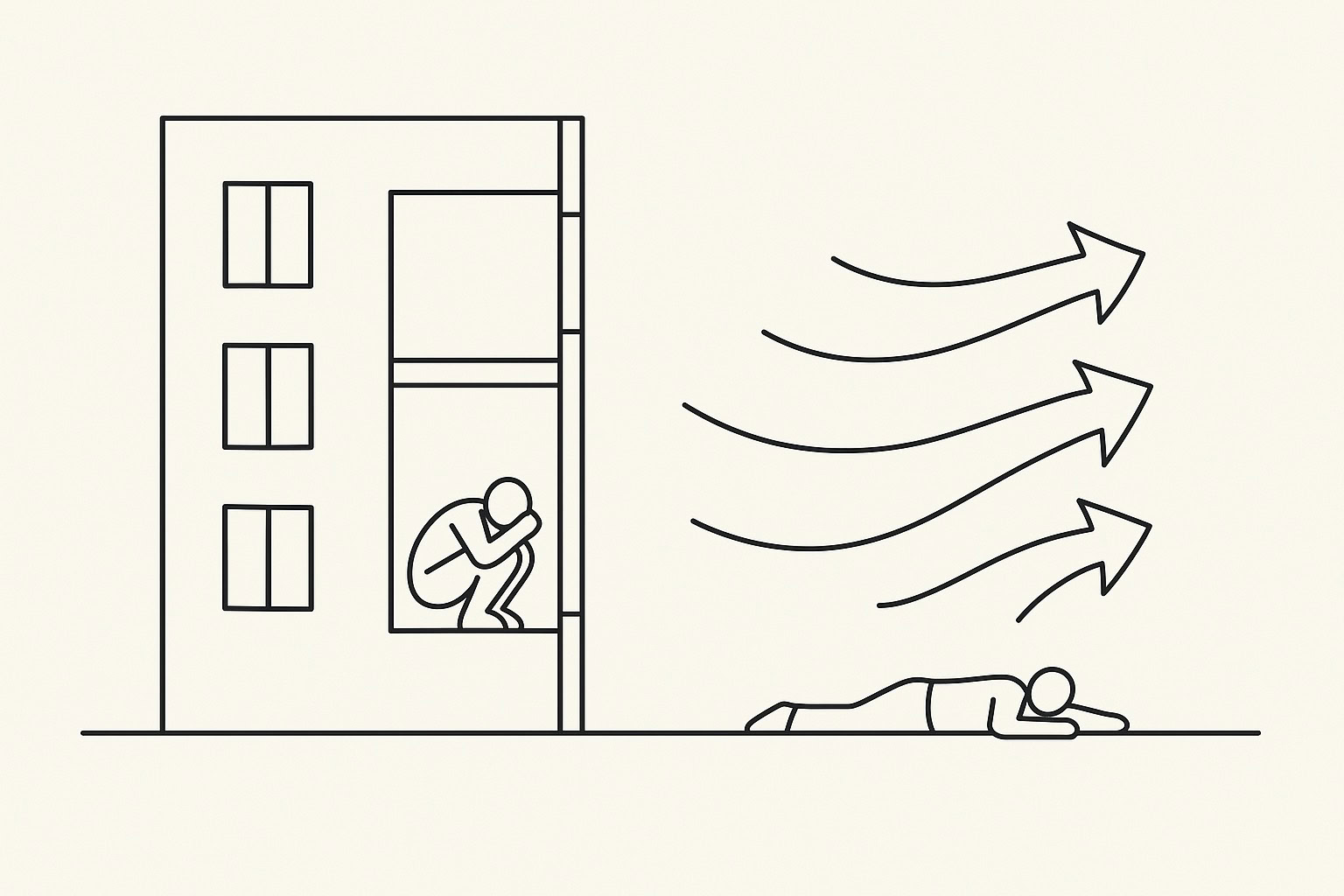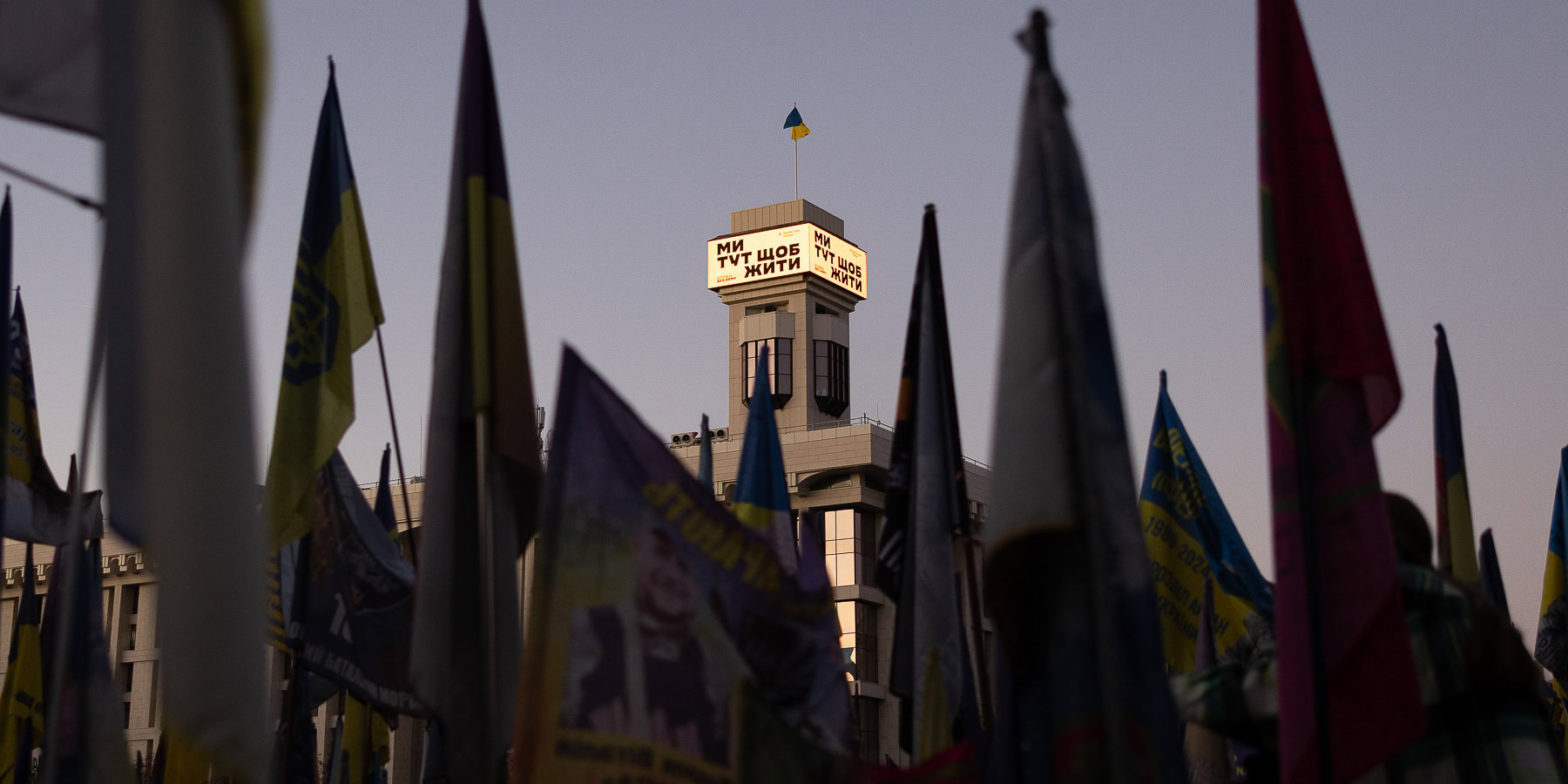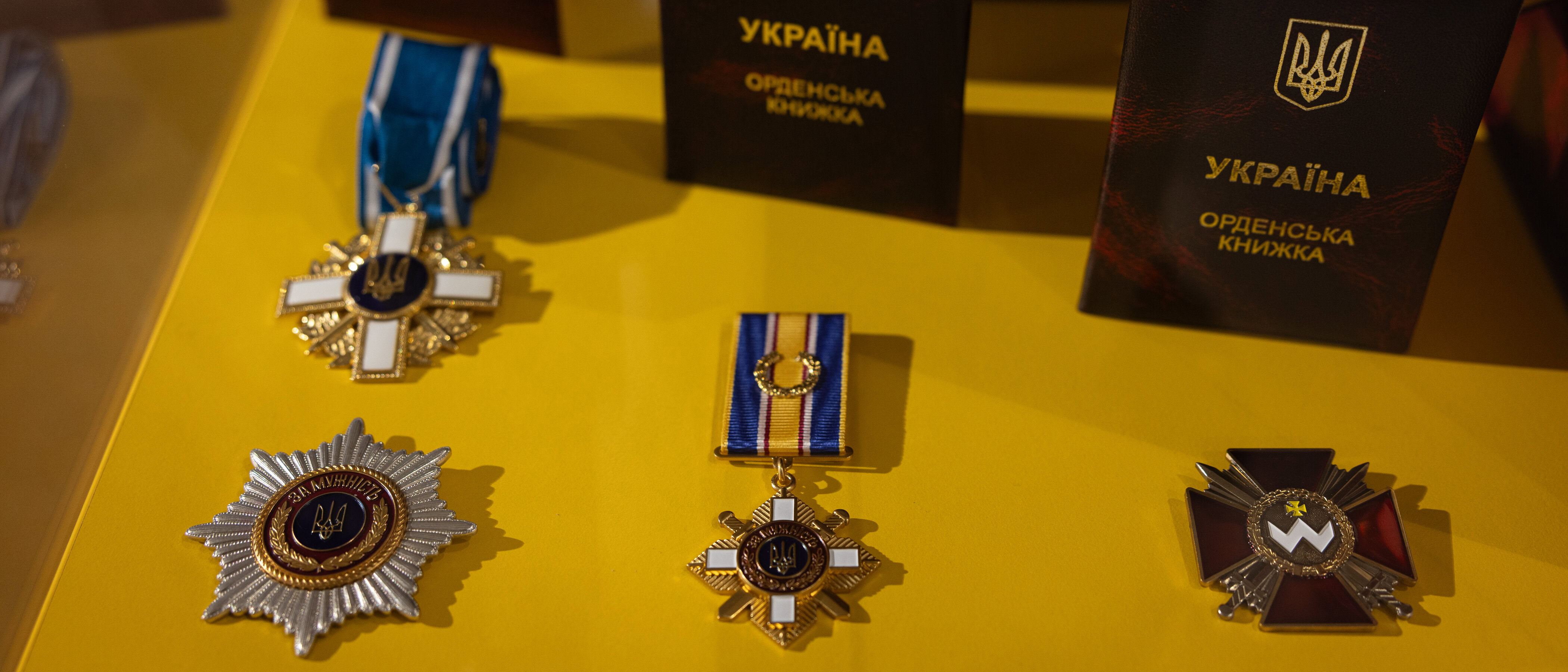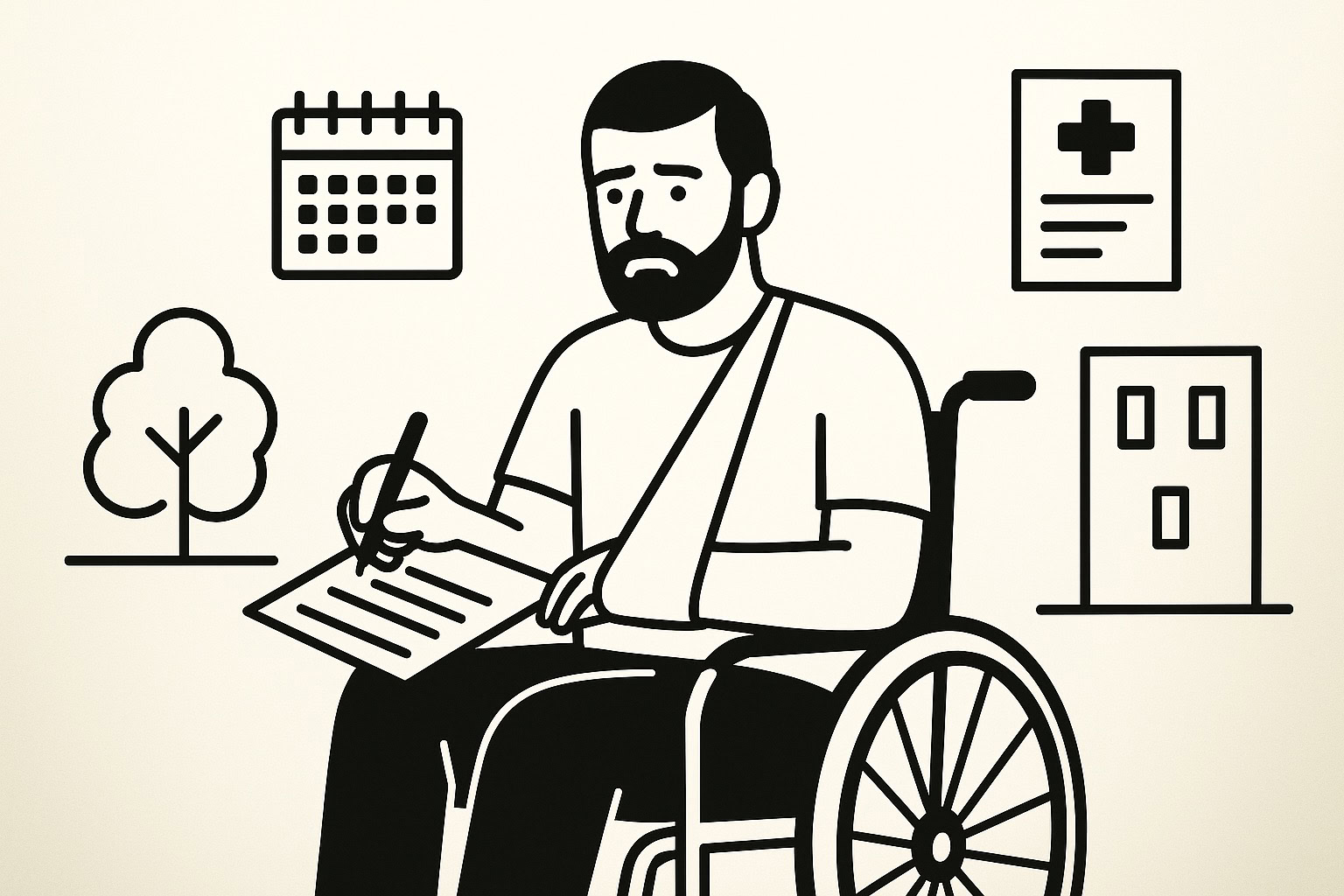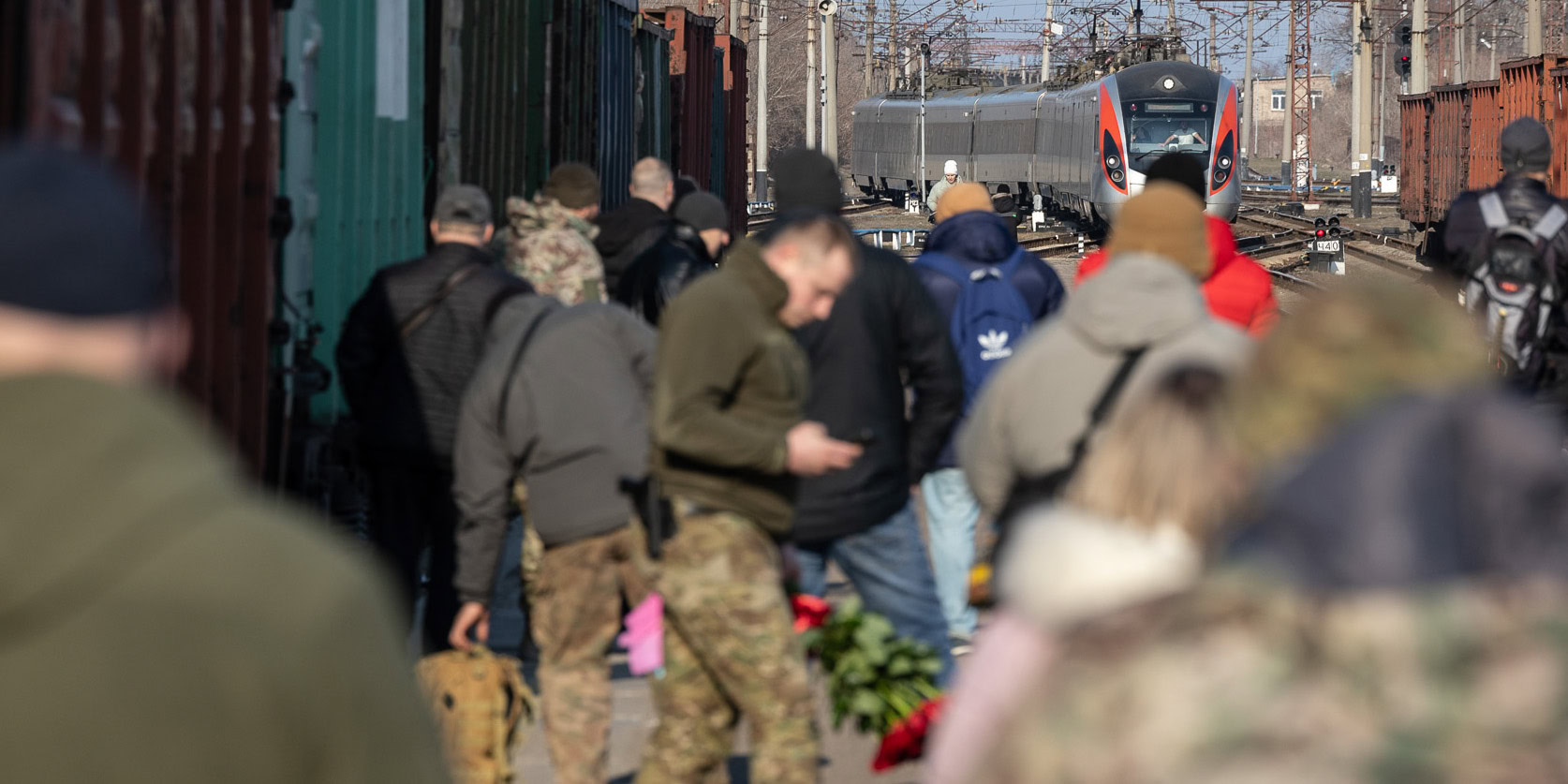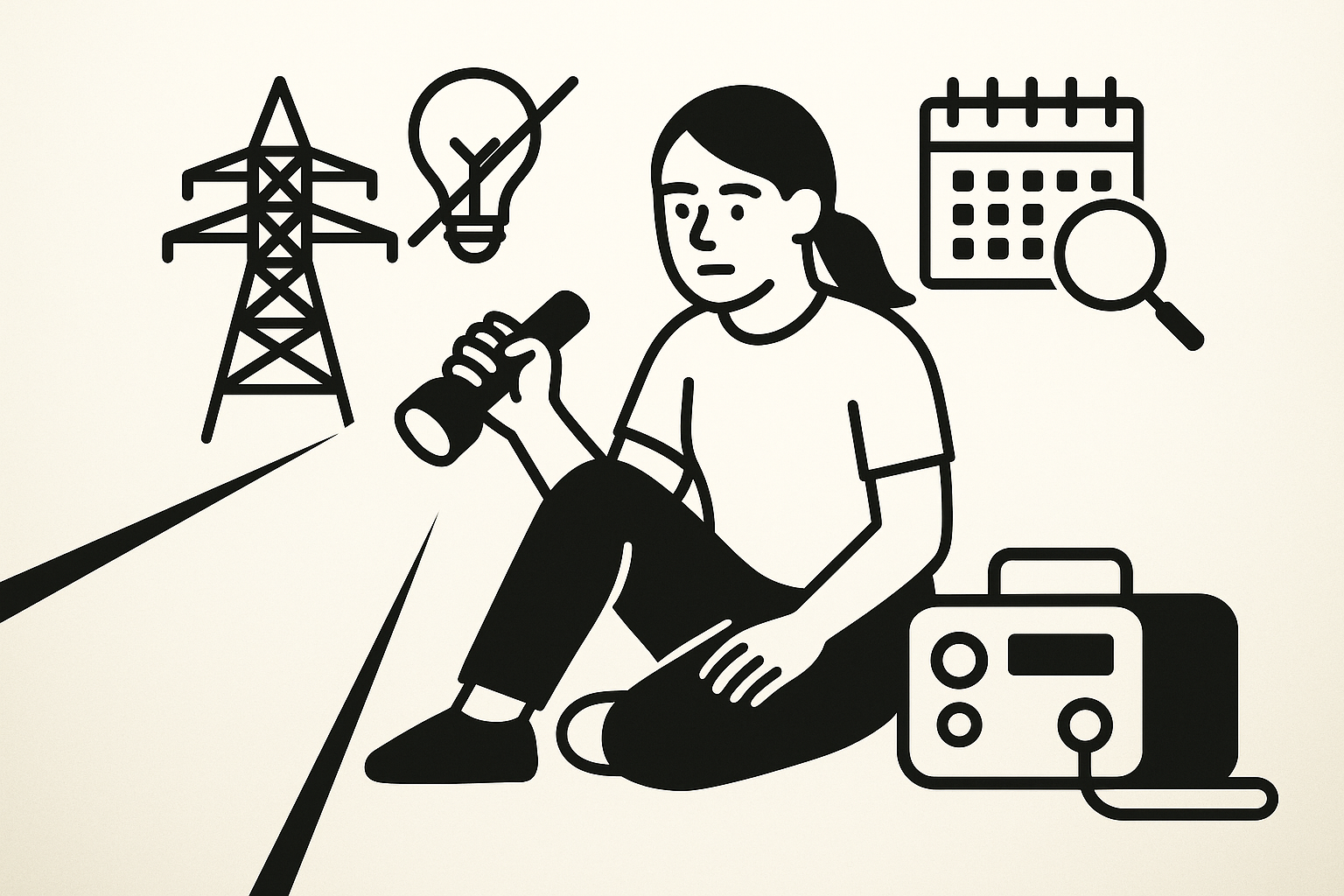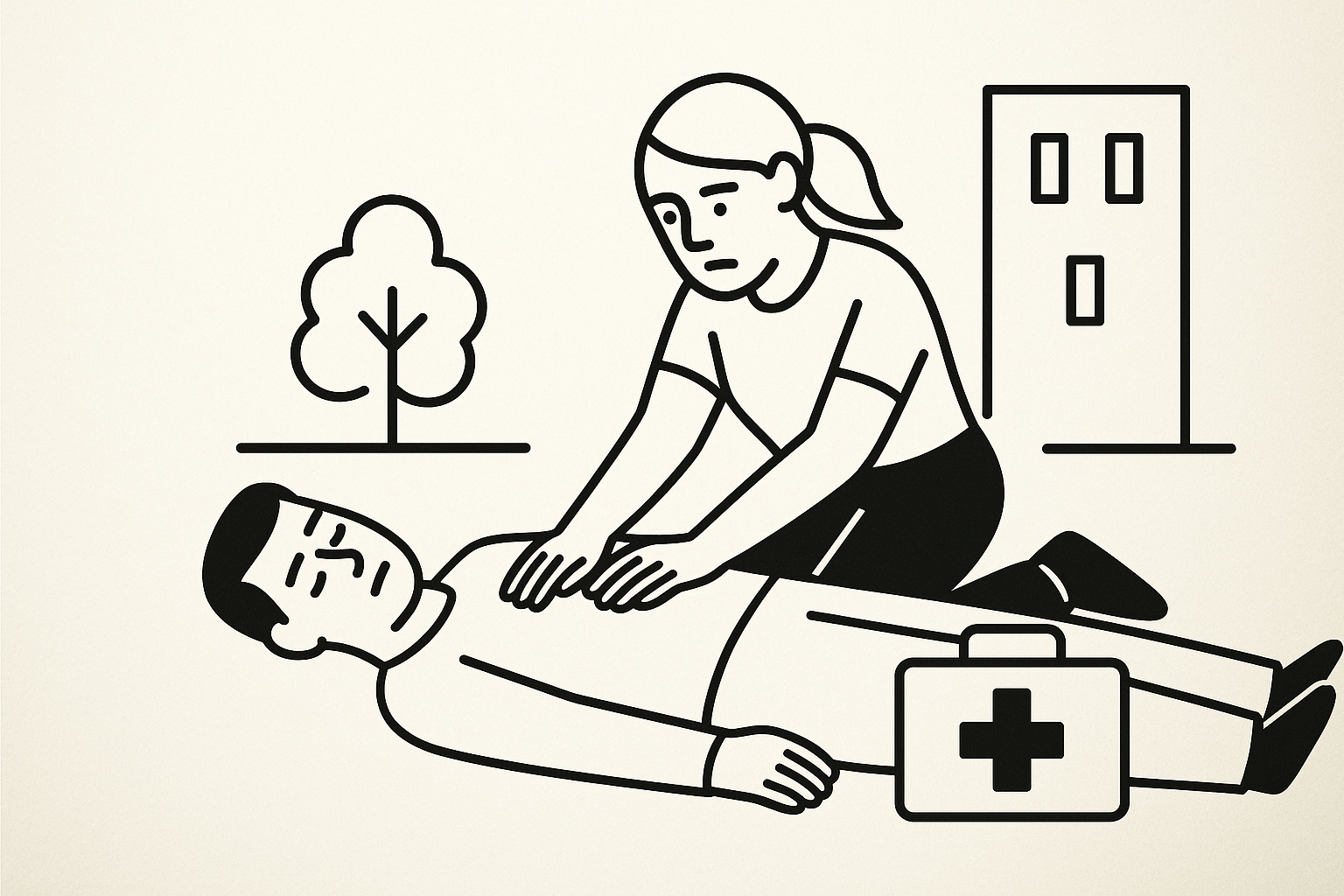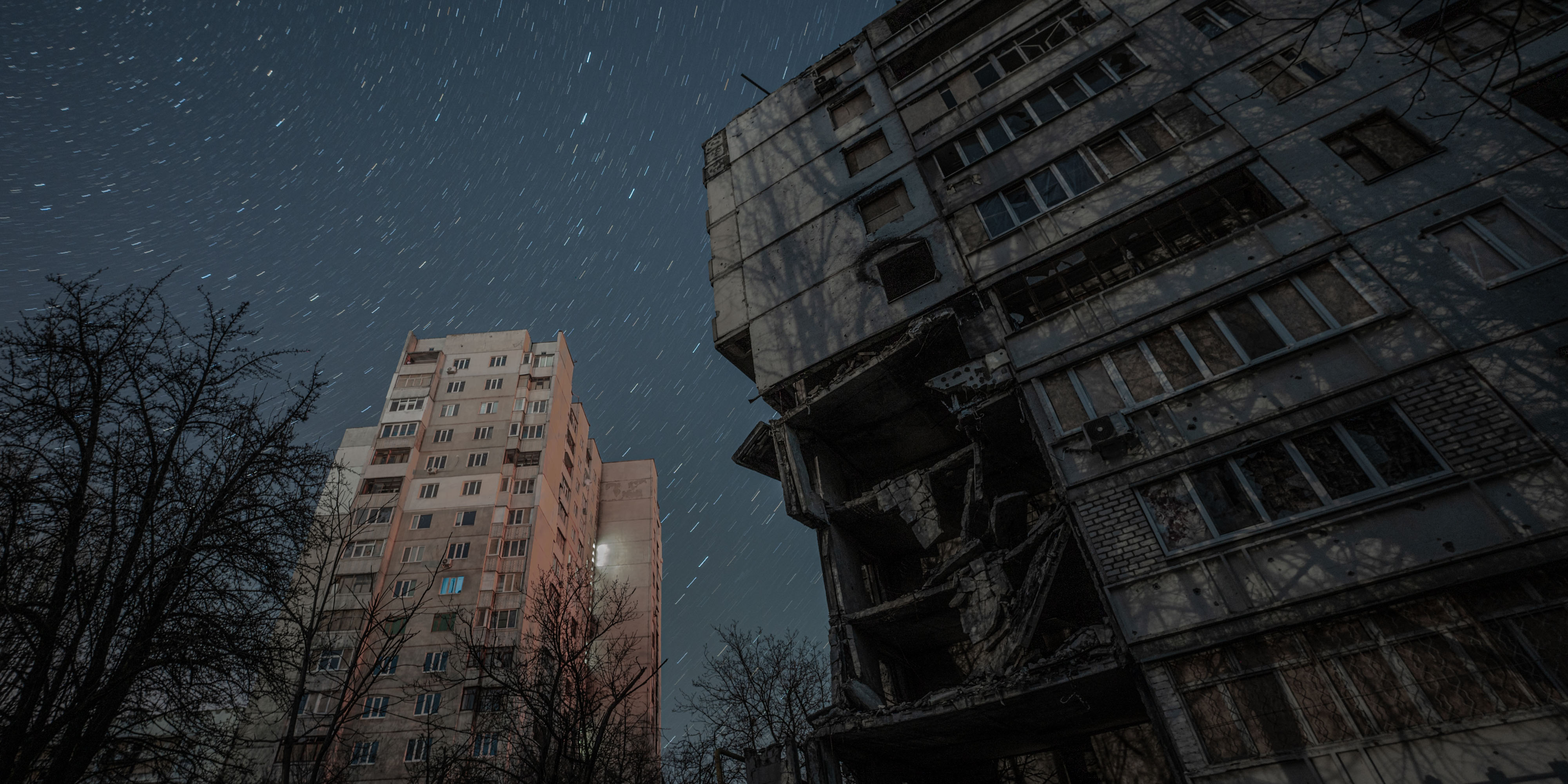

-
How a shock wave moves through a city
Models of strikes on residential districts show that urban layout directly affects the wave’s force.
-

War has transformed the labor market: what jobs are now in demand
The number of job vacancies in Ukraine has almost returned to pre-war levels, but Russia's aggression has fundamentally changed the structure of the labor market. Demand for some specialties has increased manifold, while other professions have practically fallen out of circulation.
-
Kyiv and a winter that never seems to end
Kyiv remains in a state of internal stillness, even as life gradually returns to the streets. The city coexists with the war: landscapes, habits, and rhythms are changing, and if you listen closely to the silence you can sense the tension in its streets.
-
State awards of Ukraine: from the “Golden Star” to personalized weapons
Ukraine’s system of state awards follows a clear hierarchy — from the highest title of Hero of Ukraine to honorary titles and presidential distinctions. Each award recognizes personal achievements in service to the nation — in war, science, culture, or civic activity.
-
Compensation: how civilians can record loss of health and disability
The International Registry for Damages (RD4U) has opened the opportunity for Ukrainian civilians to officially record the damage caused to their health as a result of Russian aggression.
-
Mykolaiv. One cannot forget how the August sun sets over the Southern Bug.
Mykolaiv has transformed from a sweltering industrial city to a symbol of the resilience of the Ukrainian South. The full-scale war transformed both the city and its people, who became a true shield for their home, enduring the threat of occupation and daily shelling.
-
Volunteering under attack: how to verify a fundraiser and spot scammers
Against the backdrop of mass volunteering, scammers have also become more active – exploiting the war for personal gain. Ukraine's cyber police are recording numerous cases of phishing and fraud where fake volunteers, posing as charity workers, commit crimes by pocketing donations.
-
The “Train of Love” no longer runs to Donetsk
Ukrzaliznytsia trains have stopped reaching the stations in Sloviansk and Kramatorsk. Whether service will be restored remains unknown, and at the moment it seems unlikely.
-
Pokrovsk became the first city I witnessed being killed before my eyes
Russian occupiers have been attacking Pokrovsk for over a year – since the summer of 2024, when they launched a major offensive in this direction. Since the start of the full-scale invasion, the city’s population has fallen from over 60,000 to barely a thousand (according to the latest data from the Donetsk Regional Administration).
-
Ukraine power supply: status, forecasts and tips for outages
As Russian attacks on Ukraine’s energy infrastructure intensify, the country is once again facing widespread electricity restrictions. Stabilization schedules have been introduced across multiple regions, and officials are urging residents to prepare for extended outages. Energy experts warn that the coming winter will be challenging, though a total blackout remains unlikely.
-
Emergency first aid in wartime: knowledge that saves lives
The Ukrainian Ministry of Health has updated its guidelines on emergency first aid for civilians, stressing the importance of regular training and free course availability. Officials state that even basic actions in cases of bleeding, burns or other injuries can save lives before medics arrive.
